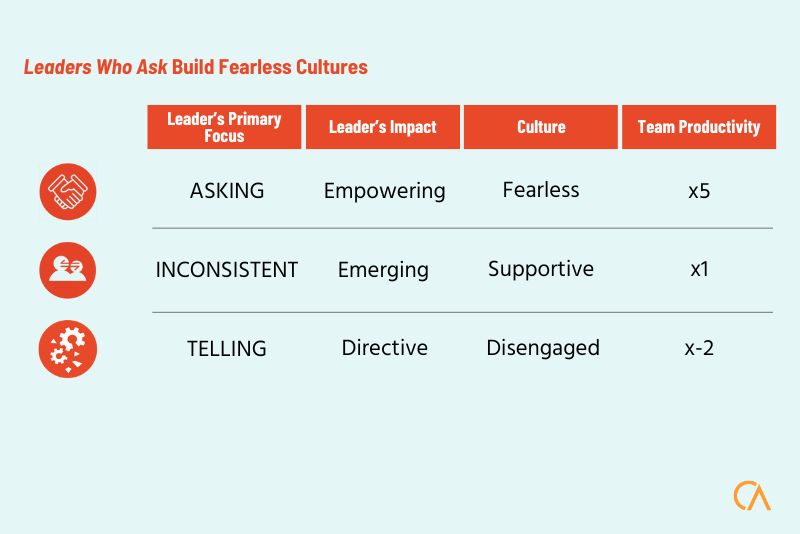
Last week I heard four complaints with a similar theme: ‘I have been over this with her in the past and each time she agrees. Yet each time nothing changes!’ Leaders are frustrated that their good advice is being overlooked and their instructions ignored by members of their team.
So what’s going on here? (The clue is in the brain… And your response is in the punctuation!)
1. They are hearing you – they just don’t care
To pay attention (and to change behaviour) the brain needs the right amount of dopamine*. Dopamine levels are increased when a person sees relevance in the messages being delivered. If they don’t have any ownership over the messages they are receiving, even when they ‘hear’ you, they just don’t care.
2. There’s nothing new – you have said it all before
The brain learns best when there is novelty or variety. Are you ‘telling’ them the same thing in the same way over and over?
I saw a funny cartoon recently where a parent was explaining in detail to a child what was expected on a visit to Grandma’s. The kid was hearing ‘blah blah blah’. What are your people hearing?
3. Their emotional brains are not engaged
When you give instructions, they may be listening with their ‘rational brain’, but this won’t necessary help with recall.
You need to engage their ‘emotional brain’ to increase the chance they will remember and apply what you have said. Emotions focus attention on the stimulus, and through engaging the amygdala, signal to the brain that an event is significant, which leads to enhanced recall.
So what to do? Stop telling – start asking.
- How can you ask questions that guide understanding and lead them to draw their own (relevant) conclusions?
- When you must ‘tell’ first, support them to make their own connections with questions such as:
- How might this work here?
- What surprised you about this?
- What similar experiences have you had in the past?
- Engaging emotions allows their brains to have the ‘reward’ of developing their own insights.
What’s your tell / ask ratio? How might your team shift with fewer instructions and more questions from you?
Go fearlessly.
STAY IN THE LOOP





